Learning Management System
Make the most of your time using features not searching for them.
Intuto has been built to be powerful while remaining easy to use. Meet with us to get a no obligation demo of how Intuto can help your association.
Build
Build courses. Add video, voice overs, file downloads, interactive exercises and quizzes.
Import courses using the SCORM standard.
Use A.I. to build course content and quizzes.
Or ask our production team to lend a hand.
Manage
Manage access for members and non-members individually or in bulk using tokens, shopping carts or integration with 3rd party AMS.
Report
Track engagement and completions. View and export detailed reports for management or compliance.
Automatically issue certificates, course reminders and professional development points (CDP) to motivate and engage members.
Trusted by Associations Across North America, Australia, and New Zealand









How Associations Benefit from Intuto
Associations often lose members when there is a perceived lack of value in belonging.
Intuto combines a learning management system and content production support service to help associations create engaging online education that members love.
Associations that use Intuto, double member engagement. That’s why associations that use Intuto thrive.
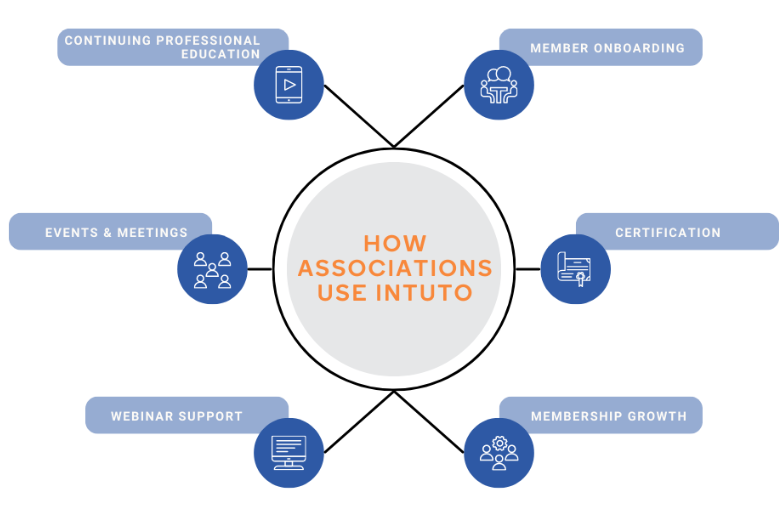
of association executive believe lack of engagement is the top reason members fail to renew.
of associations have increased their professional development over the last year.
of CPD training access occurred outside of normal working hours.
Key Features of Intuto LMS
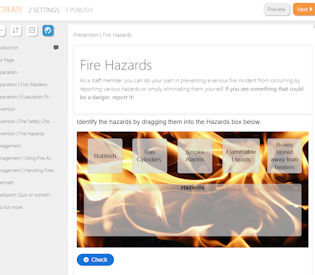
In-built Course Authoring
Intuto has an intuitive, easy-to-use course editor that makes creating new courses a breeze. If you can use Microsoft Word you can use Intuto.

SCORM Support
Intuto supports the uploading of existing SCORM courses, including reporting down to the page level.
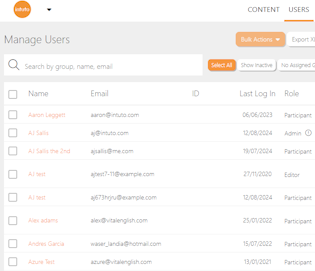
User Management
Intuto delivers tens of thousands of courses each month and has a number of tools to help manage users. No matter your desired process we can help you achieve your goals.
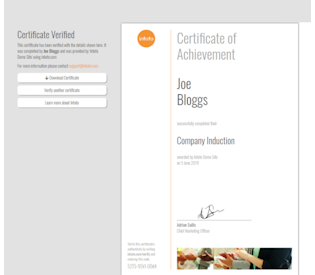
Course Management & Certification
Intuto has many options to manage pathways of learning through collections of courses.
Intuto also has a powerful certificate engine allowing you to customise and send completion certificates.
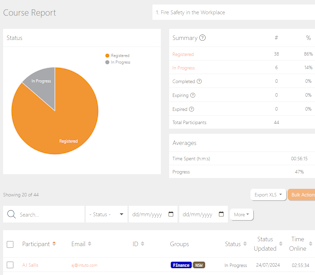
Tracking & Reporting
Whether you want a bird's eye view or deep analysis, our reports are easy to understand and easy on the eye.

Onboarding, Training and Support
Setting up your Intuto site is an exciting time, and we’re here to guide you and your team through every step of the way. Our award winning team of online learning professionals will help bring your content to life.
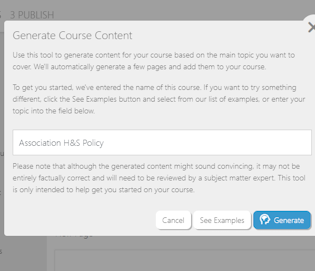
AI Content
When starting a course from scratch Intuto's AI Content Generator can be used to create a course structure, page content and images to help get you started quickly.
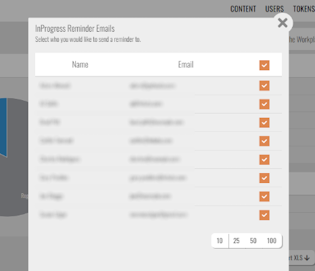
Send Reminders
Send email reminders, right from the report, to all participants, no matter where they are up to in the course. Great for hurrying along the slowpokes.
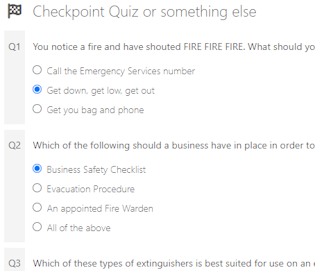
Quizzes
Quizzes help you test people’s understanding of your content. Quizzes have options for multiple attempts, pass marks and answer feedback.
Intuto LMS - Powerful, Yet Easy to Use
A simple clean interface built with ease of use in mind and on a foundation of best practice and flexibility.
Find Out More!
We'd love to have a chat about how Intuto can help you.